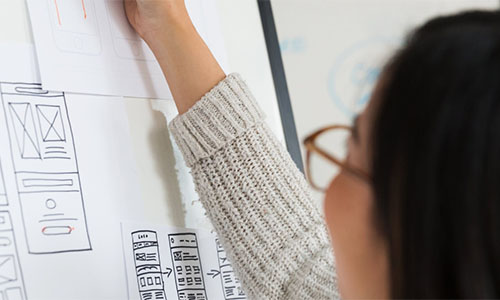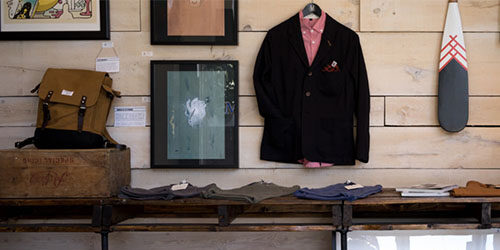Gather insightful research videos, fast, to win new business
Advertising & Marketing
Rapidly gather compelling customer research videos for new business pitches that demonstrate insight and empathy for a client’s market, brand or product.
How the process works
- Identify areas of inquiry for rapid exploration.
- Use Fabric remote video capture to gather participant responses to their experiences.
- Conduct inquiries to fully understand user expectations and the cognitive models they associate to the product or environment experience.
- Capture the product/environments context and the artifacts and elements influencing the user experience.
Methods used
- User narrated walkthroughs of physical product usage and environment visits
- Invite your own participants or allow Fabric to recruit participants to develop a fast turnaround study to surface relevant consumer values, perceptions, and behaviors
- Use Fabric remote video capture to gather perceptions to areas of inquiry
- Capture emotions and reactions to new and/or existing consumer-facing materials
- Conduct a broad inquiry to demonstrate the similarities and differences across markets
- Use Fabric’s sentiment and emotion based AI to bring insights to life
Timing and cost
- Studies can be set up in minutes and usually involve 10 or more participants. Videos, transcripts, and analysis through Fabric’s AI show up as soon as participants complete their surveys.
- The “Bring Your Own Recruits” option starts at $50 per person. Each person you invite from your list answers up to 10 questions per study, yielding 10 x 1 minute video responses per person. Includes transcripts (machine & human for accuracy), and access to our sentiment and emotion based AI.
- The “DIY + Recruit” option starts at $250 per person, and you create a study recruiting from our proprietary database of over 250,000 respondents. Each person answers up to 10 questions per study, yielding 10 x 1 minute video responses per person. Includes screening, transcription (human + machine for accuracy), and access to our proprietary sentiment and emotion based AI.
Deliverable
Deliverable Example: 10 participants each answer 10 questions using the video on their smartphone or laptop. That produces 100 x 1 minute video clips and corresponding transcripts (both through Fabric’s AI, and a parallel service that includes a human pass to capture important emotional, attitudinal or cultural nuances).
All delivered via a cloud-based link that is shareable, and assets that can be downloaded (videos in MP4 format) to be used to bring the insights to life for presentations, and highly engage audiences
Examples
Fabric has helped global agency networks to independent creative boutiques successfully pitch major national and global brands, as well as smaller, niche products. Fabric has been used to get the conversations started in early chemistry-check meetings, inform and inspire creative briefings, develop and test creative and strategy materials, and help lead audience segmentation strategies.





